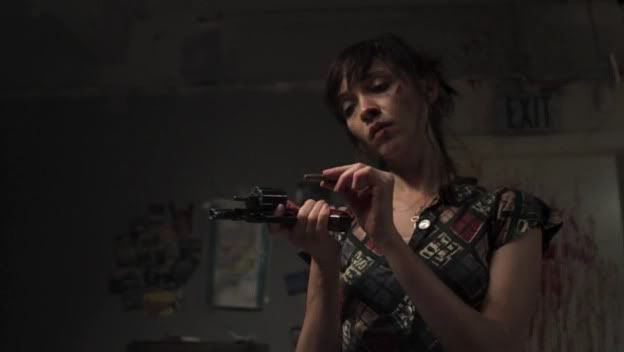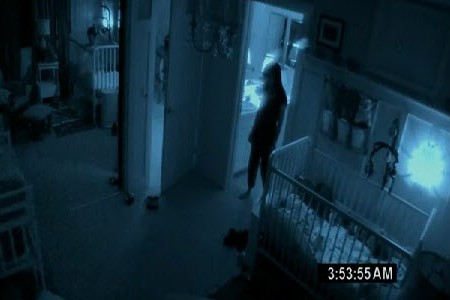★★★½
 |
| O ye of little sanity |
I liken this film to Mary Bronstein's psychological comedy Yeast (2008). Note, Alyce is nowhere near comedic (okay, well... parts of it are funny). Alyce, directed by Jay Lee, depicts the psychology behind the psychological breakdown of a psychopath. You won't find it in a theater near you anytime soon, nor will you be able to find it on DVD shelves in the near future. But you will hear about it, through word of mouth, and it will birth a star of Jane Dornfeld. You'll hear its name whispered in festival circuits, and you'll see a trailer next year and say to yourself "Oh, wait - I know that from somewhere." And then it will be a hit.
Much like Yeast, SXSW, and the inimitable Greta Gerwig.
Beyond the stretched Yeast comparison, the obvious (and by obvious I mean 'if you don't see it without even looking, you're an idiot) comparison is to Through the Looking Glass and Alice in Wonderland. How so? Well, let's take a look at the basic plots for both -
Alice in Wonderland (not that awful Tim Burton movie) - a young woman suffers an emotional outburst and is thrown down a 'rabbit hole', meeting colorful characters, overcoming her fears and unique problems along the way.
Alyce - a young woman 'accidentally' murders her best friend during a fit of clarity, and while trying to deal with the guilt and discover who she's become in the midst of her self-inflicted tragedy, meeting colorful characters, overcoming her guilt and fear, and discovering that the path of reckless sex and drugs has only brought her further down to Hell and out of the 'rabbit hole' she was intended for.
Right?
Alyce (played with incredible skill by Jade Dornfeld) after a night of ironic celebration, accidentally (or...) shoves her best friend Carroll (get it?) off of the roof of their apartment building. She's overcome with grief. The above plot description states the exact premise of the film - Alyce, dealing with what she's done, realizes her psychopathy and turns to rough and anonymous sex, drugs and drug dealers, and mind-numbing violence to solve her problems. Eventually, she solves her problems, proving that Grindhouse cinema is nowhere close to dead, and revenge films - when done properly - are nothing short of pure art.
This isn't so much a review as it is a plea for awareness. So, as a film critic, I'm going to break a critical rule, just as I did in 2008 when Yeast premiered on the festival circuit. Without condoning pirating in anyway, I'm telling anyone who has a love for perfect performances, for horror movies that push the limits of conventional pop-art, for films that take Jungian archetypes and traditional storytelling and flip them upside down... seek this film out.
In fact, as an incentive, if you see it, and want to review it, I'll post it here. And you can consider yourself published. Best review wins a Christmas prize. How's that?
